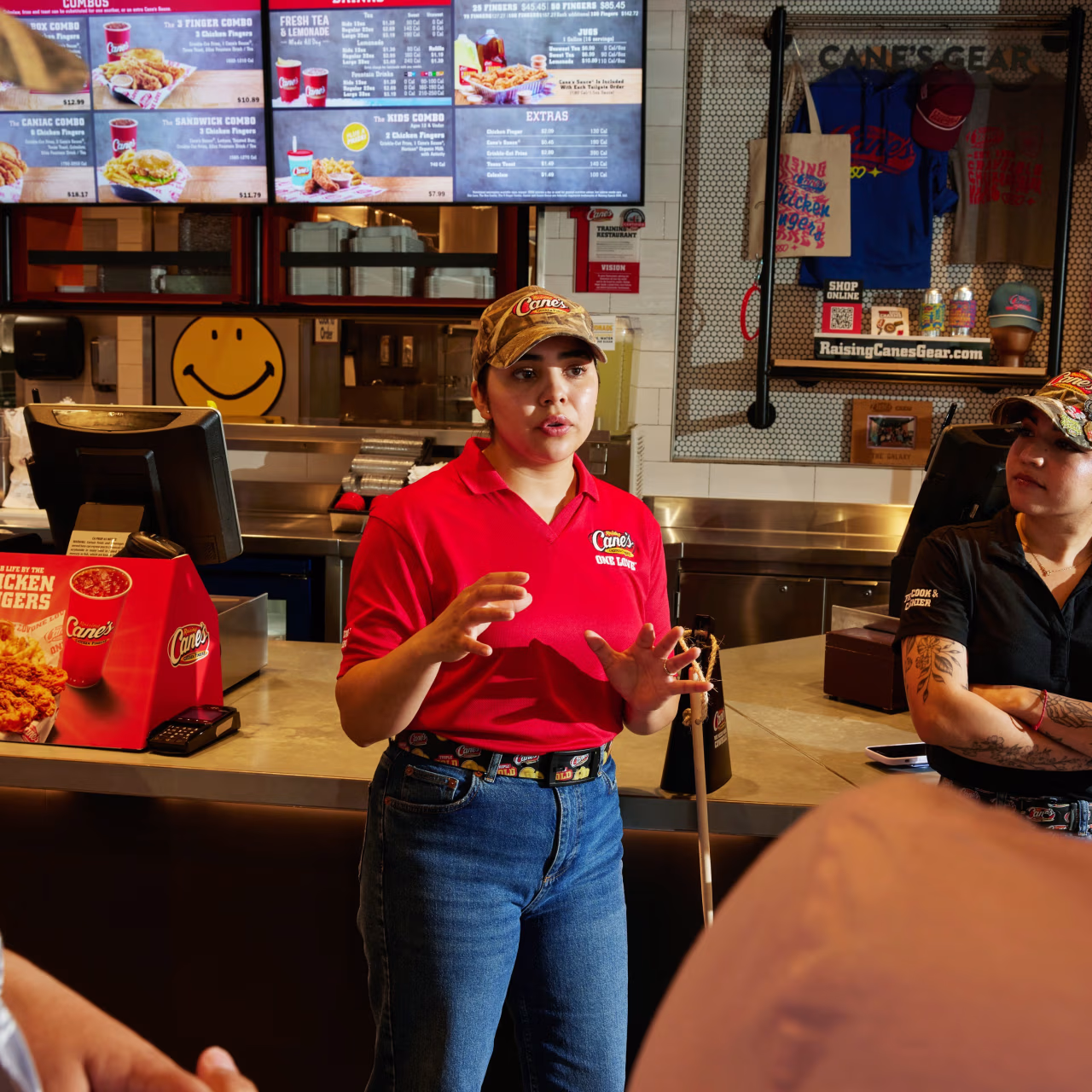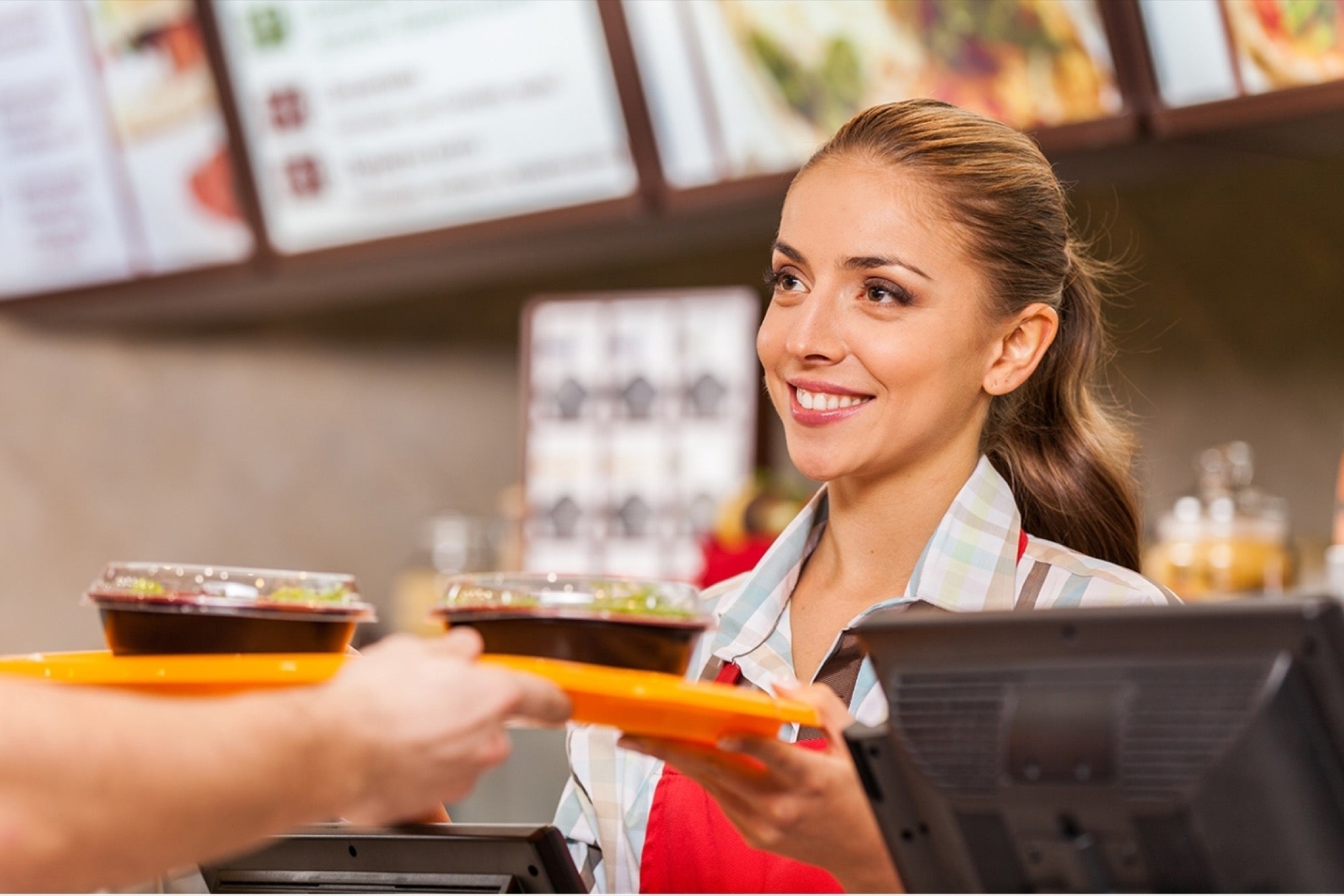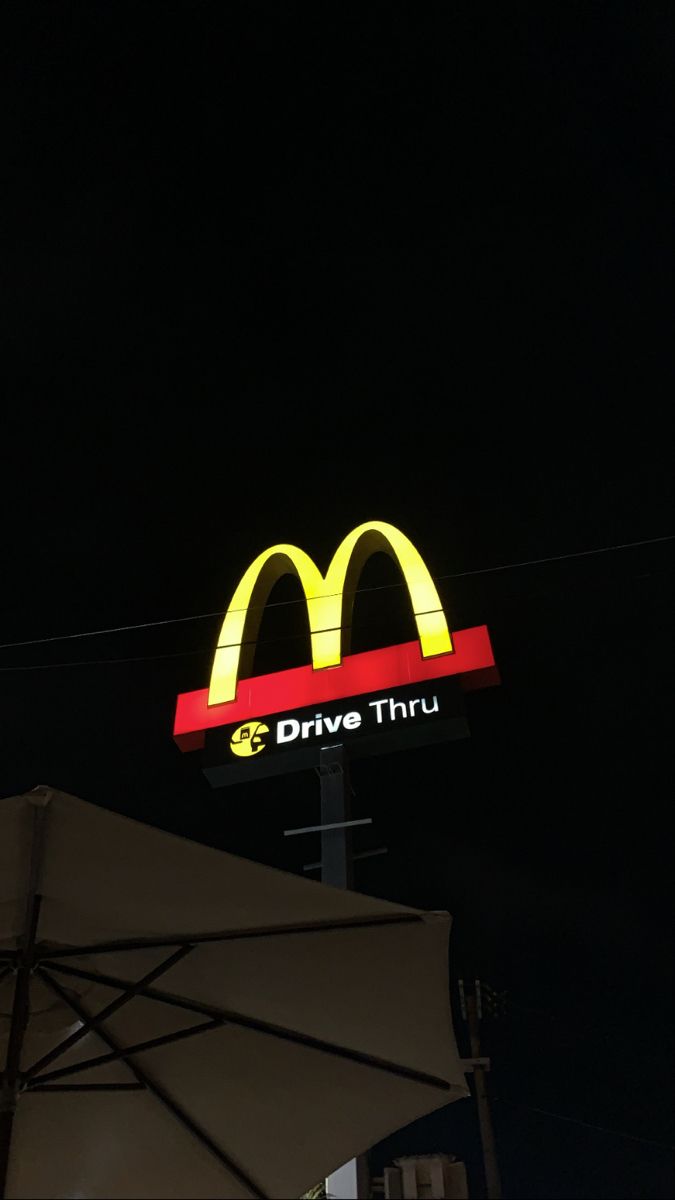Fast food is all about convenience and affordability, right? Well, not always. In some corners of the globe, fast food has taken a drastic leap into the realm of luxury, where a meal could set you back thousands of dollars. From burgers worth more than a car payment to gold-flaked pizzas, let’s take a look at the extravagantly expensive side of fast food.
FleurBurger 5000 – Las Vegas, USA
Price: $5,000
Let’s kick things off with something truly out of this world – the FleurBurger 5000, which holds the title of the most expensive burger on Earth. Served up at the Fleur restaurant inside the Mandalay Bay resort in Las Vegas, this isn’t your average drive-thru meal. The FleurBurger features a Kobe beef patty, foie gras, and black truffles, all sandwiched between a perfectly toasted bun. But wait – there’s more! To wash it all down, you get a bottle of 1995 Château Pétrus wine (valued at several thousand dollars). Forget the fries; this burger comes with a side of luxury.
Louis XIII Pizza – Salerno, Italy
Price: $12,000
Pizza doesn’t have to be cheap – in fact, in Salerno, Italy, you can find a pizza that costs more than a car. The Louis XIII Pizza is a masterpiece crafted by renowned chef Renato Viola. For a cool $12,000, this pie is topped with a combination of lobster, caviar, and 24-carat gold. But it’s not just the ingredients that make it a luxury meal – this pizza is hand-delivered to your home, with a team of chefs making it right in front of you. Only in Italy can pizza be so extravagant!
Frrrozen Haute Chocolate – New York City, USA
Price: $25,000
We all scream for ice cream, but in New York City, you can scream for a $25,000 dessert. At Serendipity 3, the Frrrozen Haute Chocolate is not just a treat; it’s an experience. Made with 28 cocoas, 23-carat gold, and served in a goblet lined with edible gold, this dessert is more like a jewel than food. And to make things even more jaw-dropping, it comes with a diamond bracelet as a souvenir. This isn’t just a dessert; it’s a statement.
230 Fifth Hot Dog – New York City, USA
Price: $2,300
Forget the classic $1 hot dog at your local street cart – 230 Fifth, a rooftop bar in New York, has a hot dog that will cost you an eye-watering $2,300. This isn’t your everyday mustard and relish affair. The 230 Fifth Hot Dog comes with lobster, caviar, and a hefty helping of gold leaf. This extravagant twist on a street food classic is served with a champagne toast, just in case you need more reasons to feel fancy.
Golden Boy Burger – Voorthuizen, Netherlands
Price: €5,000 (~$5,384)
In the Netherlands, the Golden Boy Burger is so over-the-top that it could be mistaken for a work of art. This $5,384 burger is made with a Wagyu beef patty, Beluga caviar, king crab, Iberico ham, and, of course, a sprinkle of white truffle. But what really elevates this burger is the Dom Pérignon Champagne bun, which makes you wonder – is it really a burger, or is it just a deliciously decadent showpiece? Proceeds from the sales of this burger go to charity, so at least you can feel good about eating something that expensive.
Velvet Goldmine Milkshake – Los Angeles, USA
Price: $500
We’ve seen gold in burgers and pizza, but what about in your milkshake? Enter the Velvet Goldmine Milkshake from The Powder Room in Los Angeles. This isn’t your ordinary dessert; it’s a $500 extravagance, made with the finest Belgian chocolate, premium spirits, and topped with Swarovski crystals. Yes, you read that right – a crystal ring is part of the milkshake, so you can sip in style and leave with a sparkly new piece of jewelry. Now that’s next-level luxury.
The Grand Velas Taco – Los Cabos, Mexico
Price: $25,000
Tacos are one of the world’s most beloved street foods, but in Los Cabos, Mexico, the humble taco gets a mind-blowing upgrade. For $25,000, you can dine on the world’s most expensive taco at the Grand Velas Los Cabos Resort. This taco is stuffed with Kobe beef, Almas Beluga caviar, and black truffles – a far cry from your average taco stand fare. Paired with a bottle of extra-aged tequila, this taco is a treat that’s as much about luxury as it is about flavor.
Why the Crazy Prices?
So, what makes these dishes so expensive? It’s all about the ingredients. High-end foods like Kobe beef, caviar, and gold leaf push these meals into the realm of luxury. The exclusivity also plays a role – many of these items are crafted by top-tier chefs or made to order in small batches. And don’t forget the experience. Whether it’s the private delivery of your pizza or the diamond ring in your milkshake, these meals aren’t just about the food – they’re about living a luxurious moment.
These indulgent meals prove that fast food isn’t always fast or affordable. Whether you’re craving a burger or a taco, sometimes luxury comes with a hefty price tag. So, next time you’re grabbing a quick bite, just remember – for the right price, even fast food can be a work of art.










